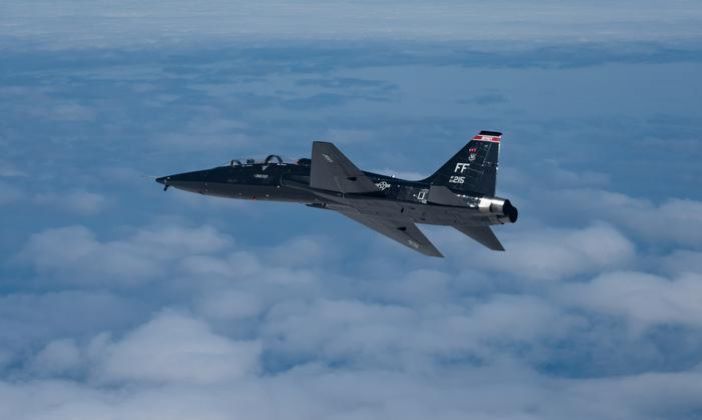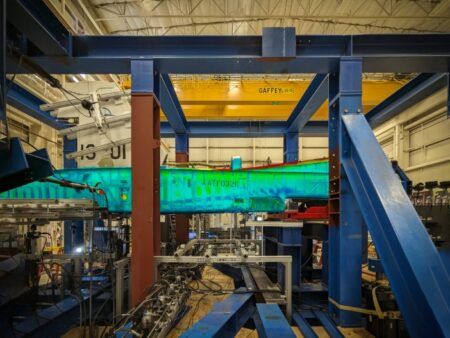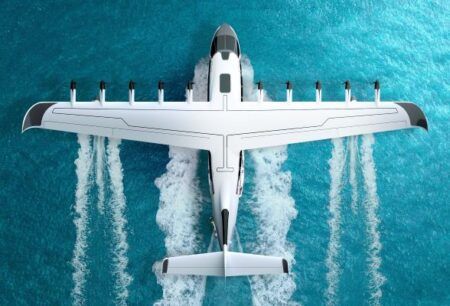Southwest Research Institute worked with the US Air Force to ensure fleet safety after a large crack was unexpectedly found near the cockpit of a T-38 Talon.
A new study describes how Southwest Research Institute’s (SwRI’s) risk and damage tolerance analyses helped determine a more effective inspection schedule, allowing the US Air Force to find cracks before they grow to critical size as part of its Aircraft Structural Integrity Program.
The paper “T-38 failure analysis of an upper cockpit longeron for safety of flight and sustainment,” appears in the Engineering Failure Analysis journal.
The T-38 was first introduced in 1961 and SwRI has been working on its sustainment for more than 40 years.
This has included using SwRI-developed models to predict crack growth to determine optimal inspection and maintenance schedules. The Air Force also uses finite element (FEA) models to help predict the potential crack locations of the aircraft.
SwRI lead engineer Laura Hunt said, “Typically, our role involves predicting structural life and providing analysis used to help determine an inspection or repair schedule.
“In the spring of 2017, when a large, unexpected crack was found by a crew chief in a longeron, a key structural component along the aircraft’s fuselage, we were equipped for a rapid response.”
This discovery resulted in the immediate grounding of the entire T-38 fleet for visual inspections, which were completed within four days. SwRI assisted with performing risk, damage tolerance, and failure analyses.
While the crack appeared in a location that full scale fatigue tests and finite element models did not predict, SwRI responded to minimize downtime and maintain safety. “A new problem was identified and the entire team supporting the T-38 reacted to ensure the safety of the T-38 and return it to service in a manner of days,” said David Wieland, who oversees SwRI’s aerospace structures section.
Senior research engineer Mirella Vargas led the destructive failure analysis for the cracked T-38 longeron. This entailed photographing the as-received component at the macro scale and examining specific areas with optical and electron microscopes at the micro scale, as well as identifying factors that contributed to the cracking.
The analysis uncovered an additional crack in the longeron and determined that structural fatigue, the gradual weakening and eventual failure of a material due to cyclic stresses, caused both cracks.
“With this new information, we updated the model to improve the risk analyses,” Vargas said. “Consequently, the frequency of inspections was adjusted, though not drastically changed. To maintain aircraft structural integrity, models may need periodic updates to ensure the safety and functionality of the aircraft components.”
The updated inspection schedule ensured any risk remained low, balancing safety and efficiency until the remaining longerons could be replaced.
“This experience demonstrated our ability to quickly respond to unexpected issues,” Hunt said. “It has reinforced the importance of being prepared and the need for robust analysis methods.”





